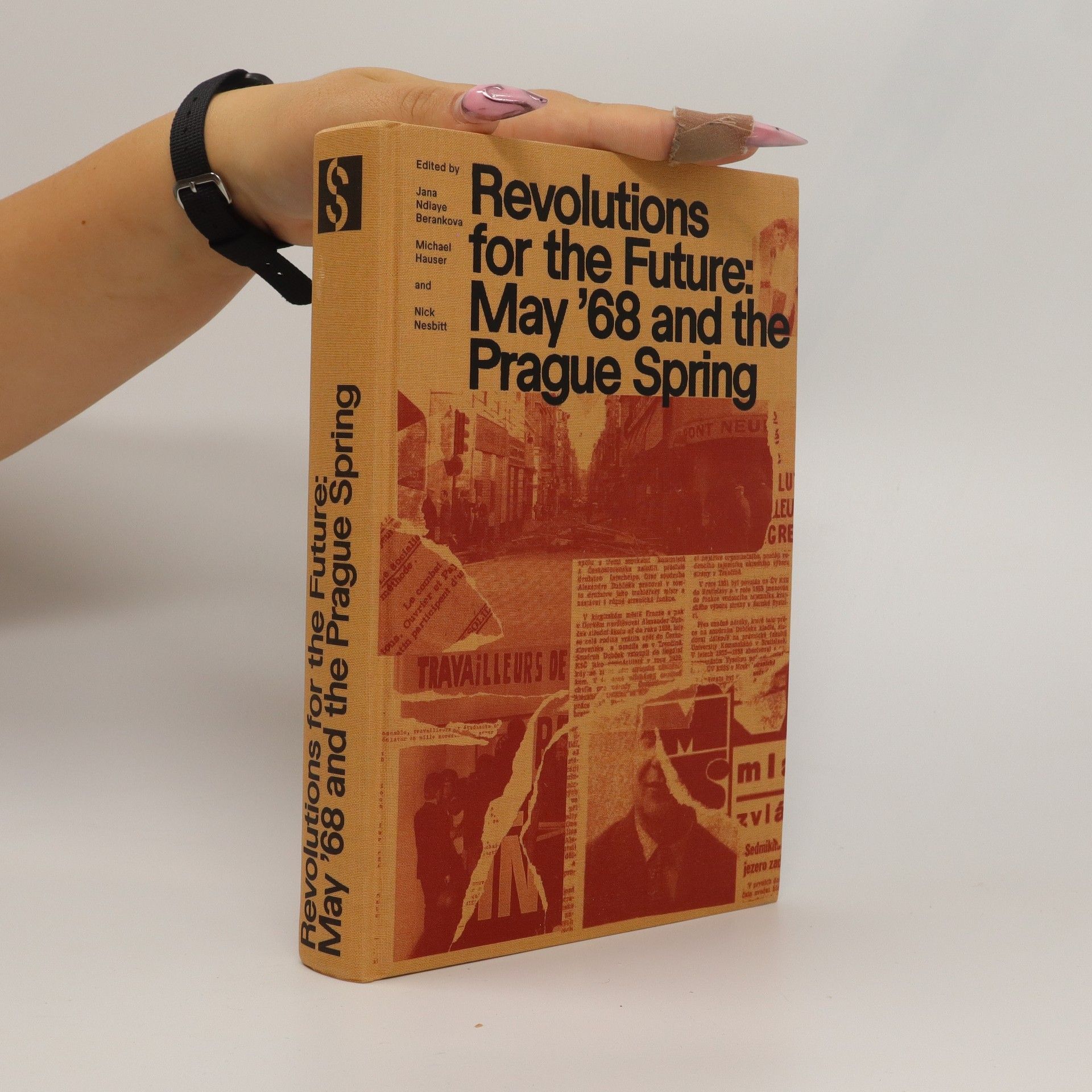Metapopulistická demokracie: Politika doby přechodu
- 331 pages
- 12 hours of reading
Kniha představuje celkovou diagnózu liberální demokracie a postihuje vznik nového politického systému, který se stává politickou dominantou současného světa. Je to systém, který se vynořuje z krize liberální demokracie – některé její prvky zachovává, další proměňuje a jiné zavádí. Metapopulistická demokracie navazuje na teorii interregna, tak jak byla předložena v knize Doba přechodu, obsahuje nové koncepce, které politiku uvádějí do širších ekonomických, sociálních a kulturních souvislostí. Objasňuje politické strategie, které umožňují sjednocovat roztříštěnou společnost bez ucelených doktrín a ideologií. Vysvětluje, proč je dnešní politika plná rozporů a logických nesoudržností. Klade otázky, jak na metapopulistickou politiku reagovat a jak vytvářet politiku emancipační, která by vedla za hranice interregna.









